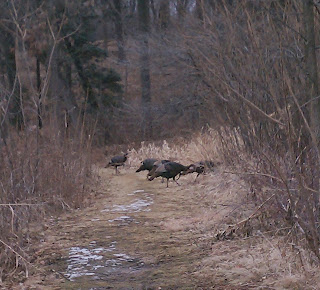One project they were involved in is Leafsnap. These super smart people have designed an app for all of us who have looked at a plant and thought "what's that?" It is remarkably simple, snap a picture of a leaf and the app will search it's database and give you a list of possible plants. Click on one of the plant names and BAM a snapshot of information on where it grows, what the habitat is like, and when it blooms, and so much more! There are some limitations to the app right now, such as it is not available for Android and the plants are limited to mainly the Eastern United States. But, I played with it on a friends iPad and it worked pretty well. "Do they have something like that for bug?" my friend asked. "Umm, no." I replied.
While yes, there are a number of bug related apps out there (click here for a list of 5 bug apps), there are none where you to snap a picture of a bug and get a list of possible suspects. A number of years ago a software company sent the company I worked for at the time a prototype of a program which would allow us to take a microscope picture and it would identify it. So, we grabbed a bunch of bugs and sat down to run it through its paces. LET DOWN! See bugs use all sorts of mimicry to make them look like some thing poisonous or painful to a predator. It is tiny little differences which set them apart. For example, if I were to show you these two bugs side by side what would you say they were?
Having done this to countless school teachers and chaperones in front of their students, all of them say bees. Wrong! Only one of these is a bee the other is a hover fly or flower fly. The fly (the bug on the left) mimics the bee (the bug on the right) to avoid getting eaten by predators.
If you look really closely at the bug on the left you would notice some subtle differences.
1) This bug only has one pair of wings where bees have two.2) Flies have rather large eyes which appear to cover most of their head and bees have a definite space between them.
3) Right behind the fly's wings you will find halters or calypters.
In this picture of a crane fly you see two qtip like structures right behind the wings before you get to the last pair of legs.
Both the calypters and halters both help the fly to change direction in flight, but make them hard for a computer program to correctly identify these bugs. Until computers programs become better at seeing tiny little differences in insects we will just have to keep identifying our insects the old fashion way with taxonomic keys.











